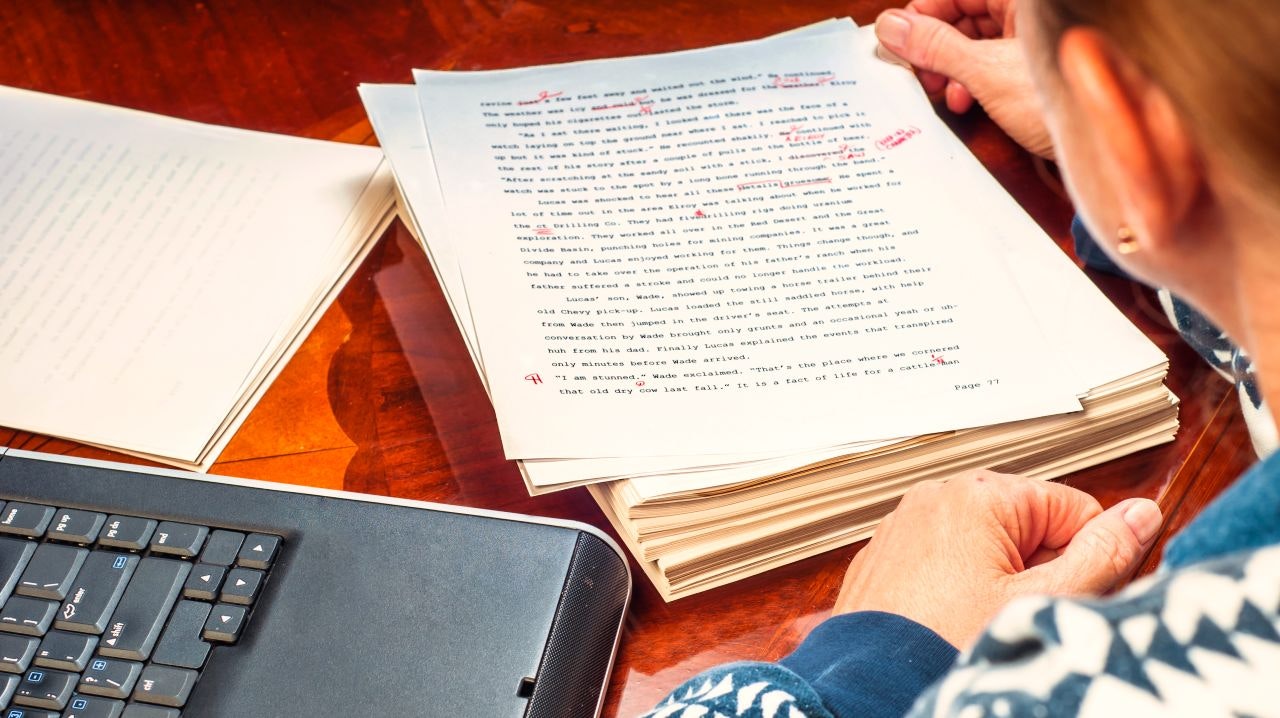
Machine translation (MT) is the process of automatically translating text from one human language into another.
A huge limitation of MT is that it produces translations with low and inconsistent accuracy. Someone still needs to go through and correct the errors in the translations, a time-consuming process known as post editing.
The question is… Is post editing worth the effort?
Companies often opt for MT because they assume it will reduce the cost and speed up the translation process. Post editing can reduce or even remove these benefits entirely, unless you approach them in the right way.
Various research studies have been done to investigate the post editing process. Some researchers have looked at the effort it really takes to produce quality translations with this method. Others have identified strategies to improve the post editing process and reduce the costs.
Their findings can help us better understand the post editing process, helping you to decide if it is worth the effort for your global company.
Here are some of the most useful findings from the post editing research…
What is post editing and why is it necessary for machine translation?
Machine translation has been around for years. But it's only recently that interest in the technology has skyrocketed. Thanks to the advancement of artificial intelligence (AI) there are now plenty of commercial MT systems that can produce translations much closer to human quality.
Post editing involves a human translator checking the automatic translations for accuracy. They might make surface-level changes to the text to improve readability (light post editing) or more involved changes to ensure that the translations are stylistically appropriate (full post editing).

Post editing is necessary because — although MT systems are more accurate than they used to be — automatic translation is still not perfect. It's even hard to measure how accurate the systems really are, with various competing methods for analyzing the accuracy of translations.
According to researchers from the University of Maribor, 70% of MT users use the technology with at least some post editing.
If you want high quality translations, you will almost certainly need post processing.
How much effort does post editing involve and what are the results?
Depending on what type of post editing you need (light or heavy) the process can take a lot of time and effort — and, thus, budget.
But how much work are we talking?
Various research groups have evaluated the productivity of post edited machine translations by comparing it to a standard manual translation process. The results vary, but some studies report that a translators "words per day" can increase by 2000 or even 5000 words by using machine translation with post editing.
On average, the increase in "throughput" of a translator using machine translation is around 74%, which is promising.
The problem is that not all machine translations are equal. If your MT system produces low-quality translations, they will require more post editing. This will increase the time and cost of the translations overall.
There is also evidence that post edited machine translations have an inferior quality in terms of style, even if the meaning of the text is clear. This is important if you are translating marketing content, where style and tone are vital.
Are some languages unsuitable for post editing?
Another important question you should consider is whether your chosen languages are suitable for machine translation.
Is your "language pair" (the conversion from one language to another, such as English to Estonian) suitable for MT? Different language pairs have different levels of quality with machine translation.
For example, one study found found that automatic translation from English to Greek was 27% more accurate than translations from English to Finnish. The Finnish language is a very "morphologically rich" language (meaning it has vast structural elements), making it difficult to accurately translate automatically.
If your target languages are more complex, you will probably require more post editing. For some languages (Finnish being a good example), it rarely makes sense to use MT. It's more efficient to just translate manually.
Some languages are also less supported by MT systems. If you are trying to reach smaller markets with less widely spoken languages, it will be difficult to find an accurate MT solution. If your target languages are more "popular" it's likely they will be well supported.
Some research-based strategies to improve post editing
Is there anything that you can do to ensure your post editing will be a success?
Some research studies have identified strategies for improving the quality of post edited machine translations. These are process improvements, aimed at raising the quality of your translations over time — they're not just quick fixes.
A few interesting strategies are:
Quality Estimation
One way to improve machine translation quality is to predict the quality of the MT output and use this to train the MT algorithms.
This is known as Quality Estimation. It differs from the usual way of training MT, which is to provide the algorithm with manual translations as a reference. It turns the process into a type of supervised learning task and is likely to be used by the MT designer rather than an end user like yourself.
Automatic Post Editing
We've said that post editing is the process of a human checking the MT output… so how can post editing be automatic?
This strategy involves taking your manual post editing changes and feeding them back into the MT algorithm. In this way, the algorithm learns, over time, to improve the quality of all its machine translations.
High experienced translators
One research study found that experienced translators made better post editors than those who with less experience.
The researchers found that more experienced translators were faster, more productive, and made better changes. This makes intuitive sense, but it's important to keep this in mind if you were considering editing the machine translations yourself.

Efficiency optimization
The same study found that you can improve the productivity of your post processing by using the tools more efficiently. This involved simple differences between post editors, including using the computer keyboard more often than the mouse.
Efficiency is an important factor with post editing because you are always comparing it to the alternative — manual translation. If it takes longer to post edit your MT output than to translate manually, it doesn't make sense to use the technology.
So… is post editing machine translation worth the effort?
In the end, post editing machine translation is only worth your effort if it improves your process.
If you can find a way to use machine translation that makes your workflow more efficient and accurate, then go for it! But remember, the focus should always be on improving your translation process.
You want to make changes that will reduce the time, effort, and budget it takes to create quality translations for your global markets. You will only know if you are achieving this by measuring the performance of your MT and post editing process.
Download our free eBook today to learn how to make your translation process faster and easier than ever before.